Tom's Guide Verdict
The Roku Premiere delivers a high-quality 4K HDR experience but cuts a few design corners along the way.
Pros
- +
Excellent 4K HDR performance
- +
Offers every major streaming app
- +
Decent navigation
Cons
- -
Awkward design
- -
Subpar remote
Why you can trust Tom's Guide
There's a fine line between a product that's inexpensive and one that's cheap. The $40 Roku Premiere is on the right side of this line, but it definitely makes some trade-offs. Roku's latest player delivers a high-quality 4K HDR experience at a respectable performance clip, but Roku didn't get to this enviable $40 price without cutting a few corners. The Premiere's physical design mimics that of the inconvenient Roku Express, while the default remote feels dated and finicky.
And yet, while those drawbacks drag the whole experience down a notch, just about everything else the device does merits a recommendation. The price is beyond reproach, and you'll be able to watch gorgeous 4K HDR content across a respectable variety of channels with this device. If you need a comprehensive media player for your new TV and prefer to save your money for expensive 4K subscription services, the Roku Premiere can get the job done and save you a few bucks in the process.
Design
Let's get the flaws out of the way up front: The Premiere has one of the odder, less effective designs in Roku's whole lineup. It's nearly identical to the Roku Express (which was also inconvenient to use and place), which means the new Roku is a small, black, rounded rectangle. Measuring 3.3 x 1.4 x 0.5 inches, it's tiny, which is not a problem — but it's also extremely light, which is.
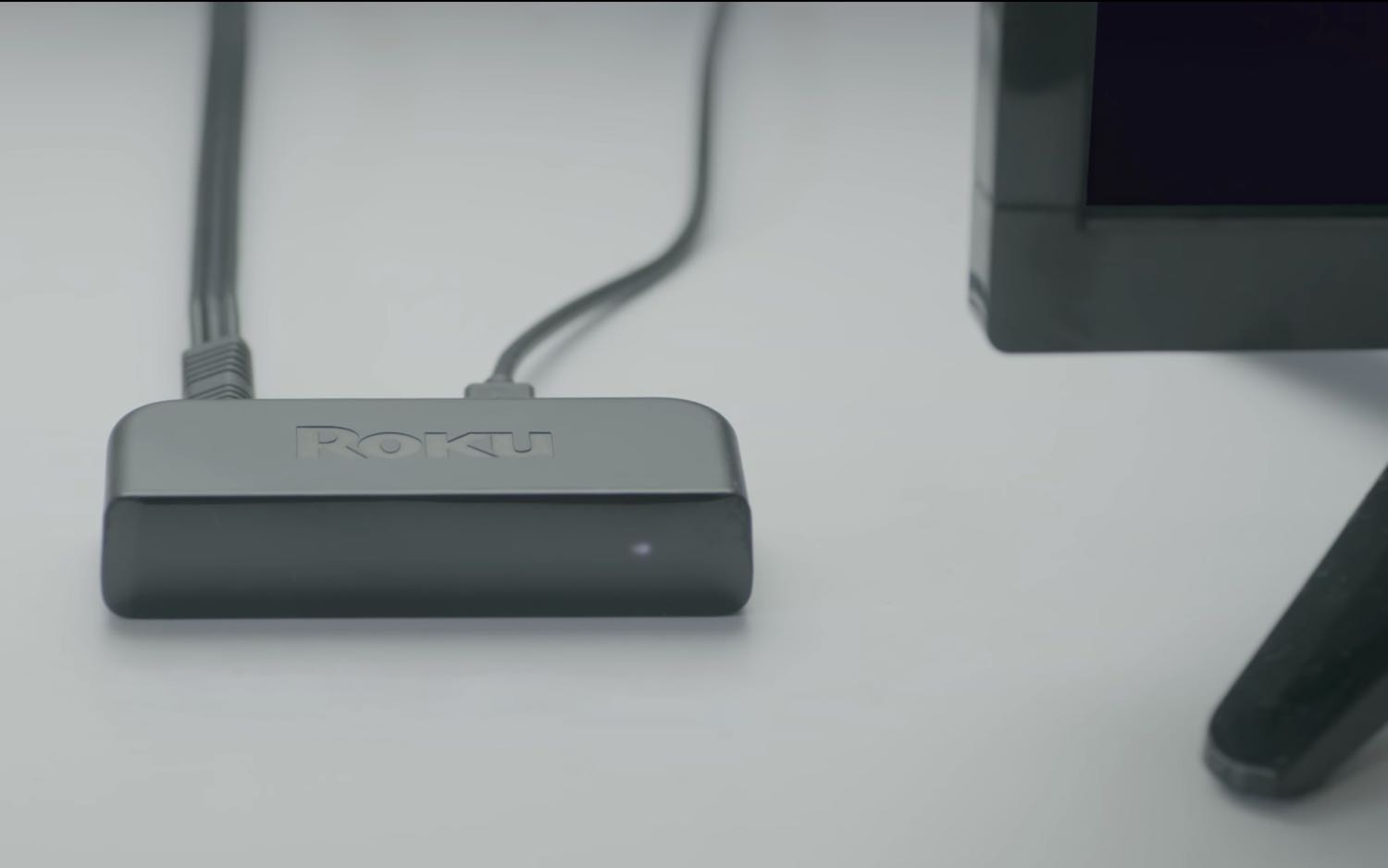
Here's the issue: The Roku Premiere comes with a 20-inch HDMI cable (and props to Roku for including that; so many device makers assume a user already has a spare cable lying around). On larger TVs, this means that the Premiere will dangle from the back of the device; on smaller TVs, this means that the tension in the cord will hoist the Premiere slightly off of any flat surface. Granted, the Premiere comes with an adhesive strip to counteract this inconvenience, but that means you'd better be absolutely certain of where you want to place the device.
The Premiere has one of the odder, less effective designs in Roku's lineup.
There's also the problem of the remote control, which requires a direct line of sight to the Premiere's face. This means that wherever you put the device, it has to face you, and you can't put anything in its way. If you don't like the Premiere's physical aspect, you could just hide it behind the TV — but you'd have to check first that the location would work with the default remote control.
Interface
If you've used a Roku product sometime in the last five years, nothing about the Premiere's interface should look unfamiliar. While Roku has had a few OS overhauls, they've been mostly incremental refinements, leaving the core navigation mostly untouched.
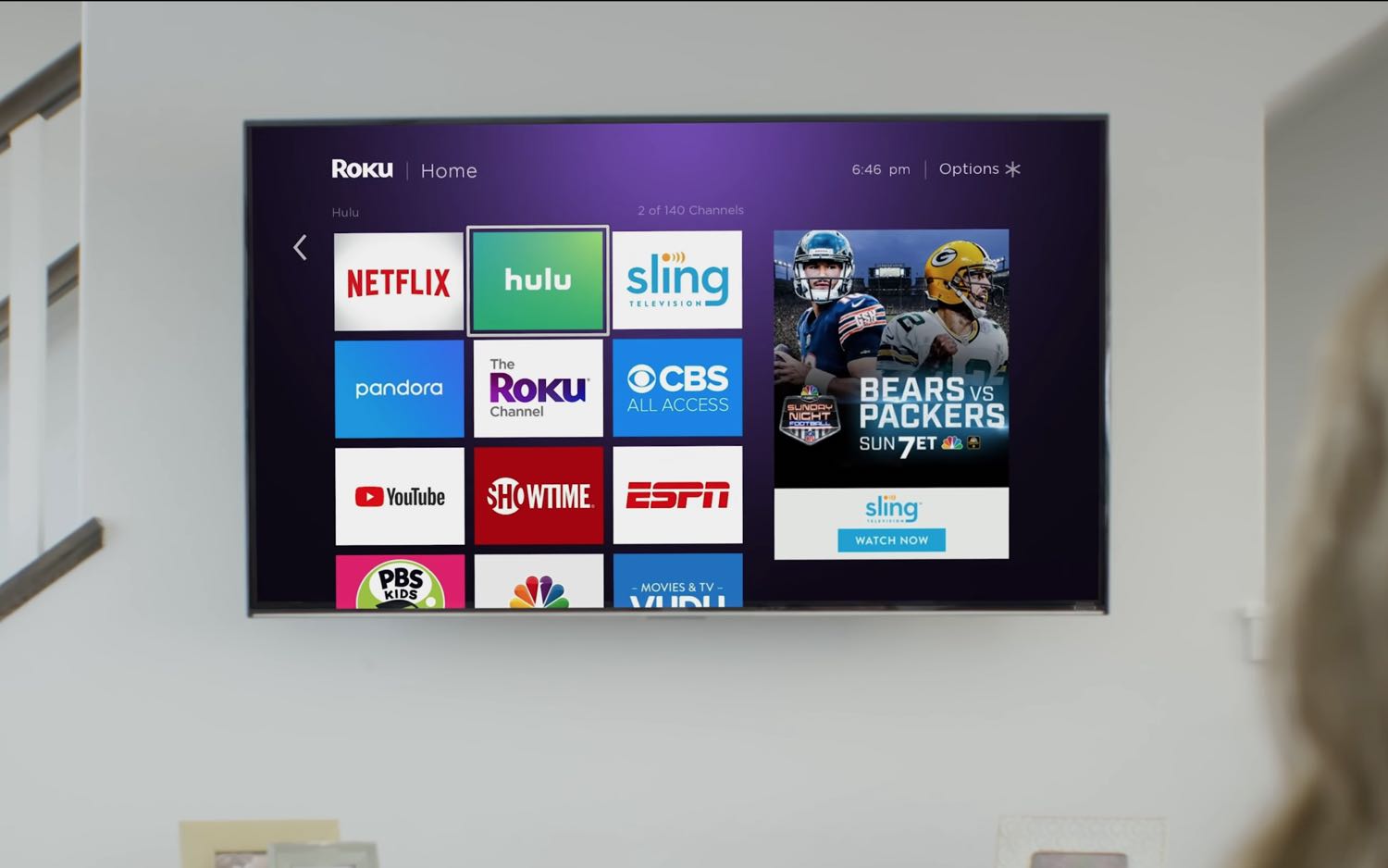
Setup takes only a few minutes. Assuming you already have a Roku account (and if you don't, it's not hard to make one), you just enter your login details on the Premiere, then go through a few associated setup screens on a computer or mobile device. The Premiere will then install some software updates and preload your go-to apps, like Netflix, Hulu and Sling. The only obnoxious thing is that the first time you boot up an app, it'll require another minute or so of additional setup, but because this is a one-time inconvenience (per app), it's ultimately forgivable.
Get instant access to breaking news, the hottest reviews, great deals and helpful tips.
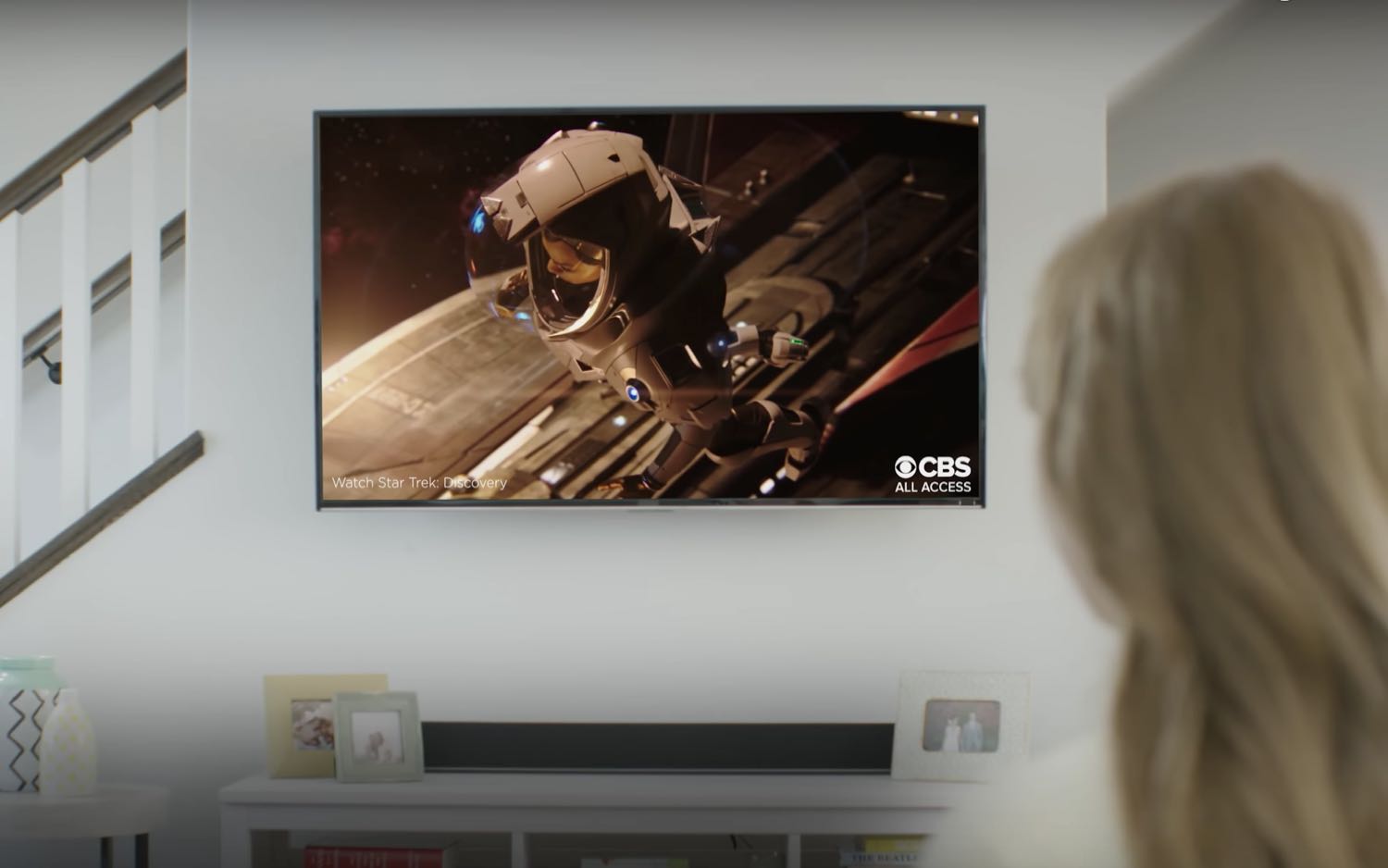
When you boot up the device, you'll see a home screen, which gives you immediate access to all of your favorite apps. As always, Roku earns high praise for letting you display your apps in any order and move them around to suit your liking. My only complaint is that you'll have to deal with unsolicited ads as you navigate through the Premiere's menus. I expect ads within apps themselves, but you've already given Roku at least $40 of your hard-earned money at this point; does it really need to try to sell you more services with every spare pixel?
I imagine the average user will spend all of 30 seconds on the home screen before diving into his or her favorite streaming app, but there are a few other options here. In the new addition Featured Free, Roku will direct you to free TV shows and movies from a variety of sources, such as Crackle, the Roku Channel, and individual networks like ABC and Fox. It's not quite as seamless as it could be, though; I tried to watch a "free" episode of The Simpsons, only to discover that Fox Now required me to register with a paid account before it let me watch.
MORE: Best Streaming Devices and Services - Music, Movies & TV
You can purchase or rent TV shows and movies through Fandango, Roku's preferred store. I've never done this, and you don't have to, either; you can disable the Fandango home-screen options in the Settings menu.
Below that, you can Search for content, find new Streaming Channels or toy around in the Settings menu. It's all pretty straightforward.
Search
One area where Roku is unparalleled is in the sheer breadth of its search. When you search for an actor, director or title, the Premiere will scour hundreds of services, from the major to the niche, to find every possible entry related to the term. And Roku does a good job of prioritizing content, too. When I searched for "Star Trek," Roku put the major series and movies front and center, relegating the hundreds of shorts, podcasts and interviews to a More Results page.
One area where Roku is unparalleled is in the sheer breadth of its search.
The one thing Roku search still can't do, though, is highlight 4K content, which Amazon and Apple streaming devices can do. (Roku can do this if there's "4K" somewhere in a show or movie's title, of course.) There's a 4K Highlights channel, which alleviates this shortcoming somewhat. But especially now that Roku has created the cheapest 4K HDR device on the market, a way to search specifically for high-res content would be a welcome addition.
Remote
The Premiere's biggest shortcoming is arguably its remote control. This small, matte-finished peripheral feels plasticine and insubstantial, and its buttons don't exactly have a soft touch. It can get downright tiring scrolling through a whole keyboard's worth of commands, as you'll have to do when you sign in to your apps for the first time.
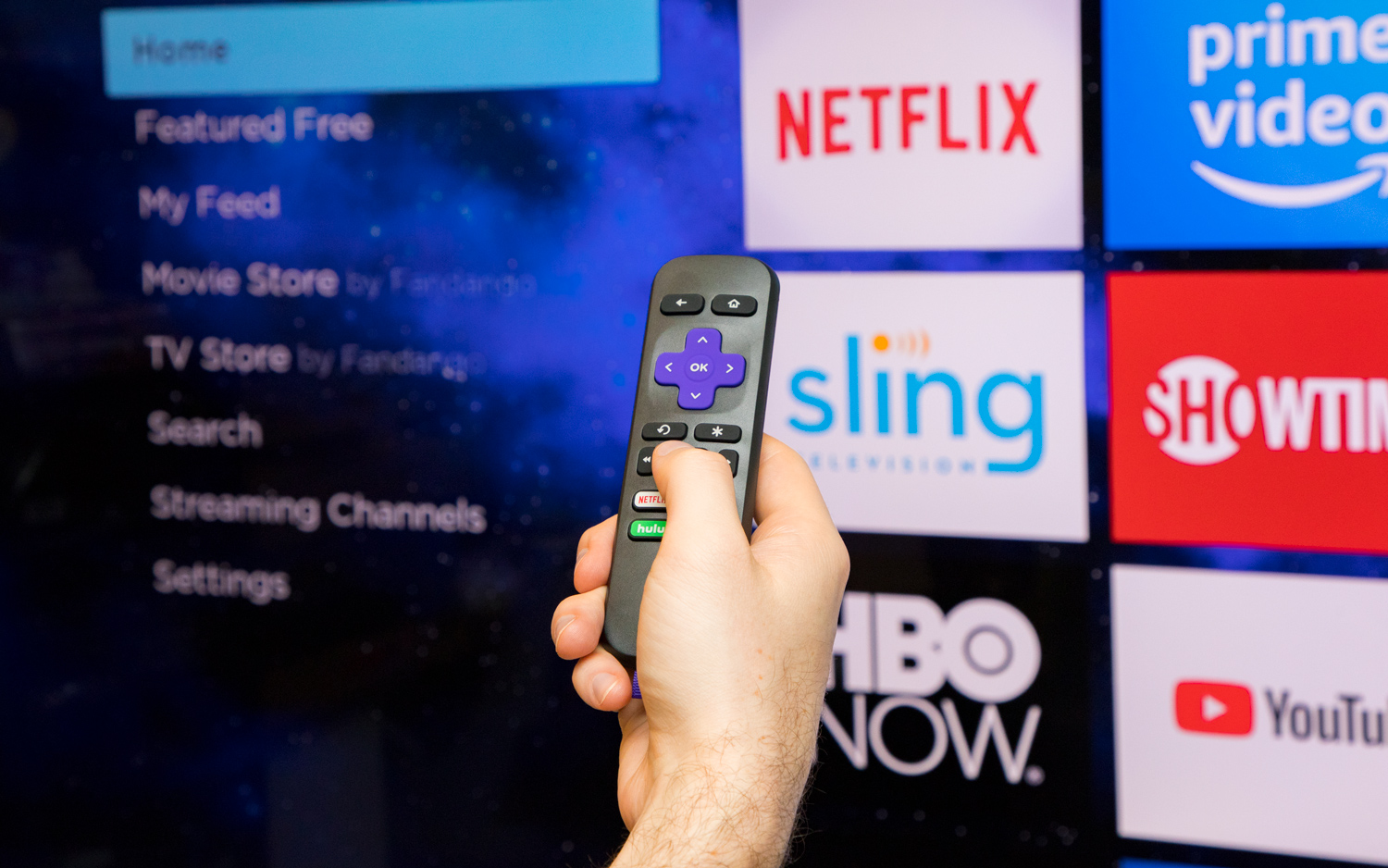
But the bigger problem, as stated above, is the IR line-of-sight requirement. My remote had to be pointed within a few degrees of the device's face, and I couldn't let anything get in the way — as I discovered when a co-worker walked in front of the screen as I was trying to select a show.
MORE: How to Reset Your Roku Box or Streaming Stick
Aside from that, it's what you'd expect from a Roku remote. There's a directional pad, along with buttons for confirm, play/pause, fast-forward, rewind, back, home and options. There are also fixed buttons for Netflix, Hulu, Sling TV and DirecTV Now, which are useful if you like those services and useful if you don't.
Content and Apps
One area where Roku has always excelled is in the sheer amount of stuff it has on offer. It's hard to get an exact number, but there are approximately 8,000 channels available. As you might imagine, most of them are slapdash public-domain content farms that aren't worth the binary code they're printed on. But the overall variety is much harder to find on, say, a smart TV or a PS4.
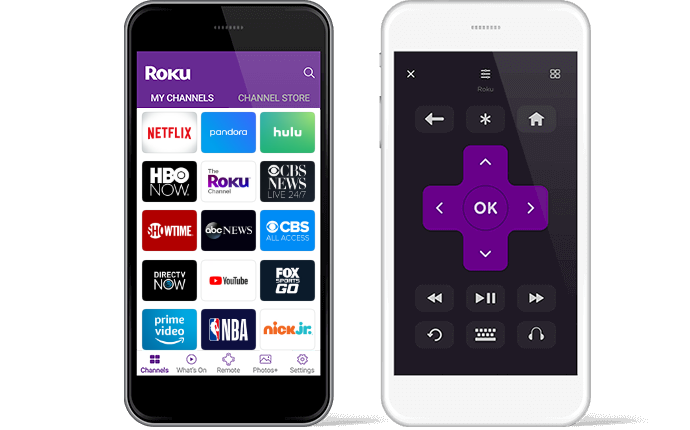
All the big names are present and accounted for, because Roku plays nice with everyone. That means you'll get both Amazon Video and YouTube, in addition to Netflix, Hulu, Sling TV, PlayStation Vue, Spotify, Pandora, HBO Go/Now and pretty much any network-specific app you can think of.
MORE: Roku Stick Plus vs. Chromecast vs. Fire TV: 4K Streaming Face-Off
Most Roku apps deliver video and music, but you can also find themes, screen savers, clocks, internet browsers, weather apps and even some productivity tools. (Oddly, there isn't an internet speed test; someone should get on that.) There's also a selection of games, but there's barely anything worthwhile in that section.
Performance
Given my difficulties with the Roku Express, I was pleased to find that the Roku Premiere runs quickly and efficiently. Scrolling from menu to menu and launching apps isn't quite as zippy as on the Roku Streaming Stick+ or Roku Ultra, but it's not laggy, either.
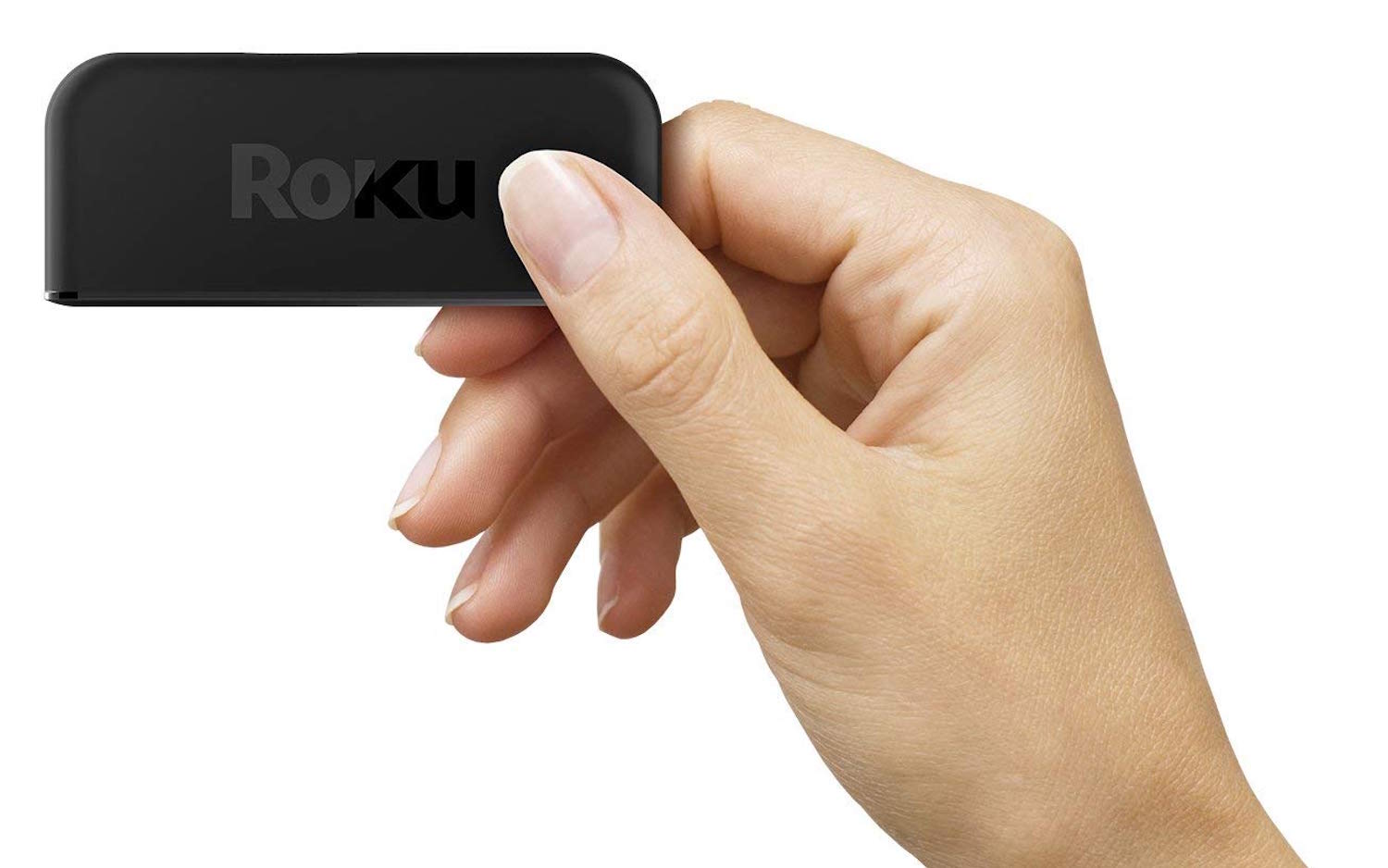
Loading videos was similarly seamless. On a wireless office network that doesn't always play nicely with streaming gear (in theory, 150-Mbps down; in practice, much, much less), content stabilized at 1080p within 15 seconds. It stabilized at 4K within about 40 seconds. Granted, that's not incredibly fast, but as always, it's hard to tell how much of rendering comes down to the network and how much comes down to the hardware.
Given my difficulties with the Roku Express, I was pleased to find that the Roku Premiere runs quickly and efficiently.
At the very least, the Premiere can display stunning 4K HDR content in less than a minute, and that's not bad for the asking price.
Premiere vs. Premiere+
It's worth pointing out here that the Roku Premiere+ ($50) is a Walmart-exclusive variation on the Premiere. The exclusive device costs $10 more, and the only difference is that it comes with an omnidirectional, voice-enabled remote control. If your personal code of ethics allows you to shop at Walmart, the better remote is worth the investment. IR line of sight works just fine, until it doesn't.
Bottom Line
The Roku Premiere may be the cheapest 4K HDR player on the market, but it won't be the only one in this price range for long. The Amazon Fire TV Stick 4K ($50) is just around the corner, as is Google's next Chromecast (price TBD). And while the Roku Premiere is a solid streaming player all around, I'm hesitant to recommend for or against it wholeheartedly until the competition surfaces.
If you've got exactly $40 to spend and want the widest content selection possible on your UHD TV, the Roku Premiere is just about the only game in town. That $40 will buy you solid performance, excellent picture quality and more niche content than you can shake a streaming stick at. But you'll also have to deal with an awkward design and a subpar remote. If you're willing to spend a bit more, look to the Roku Streaming Stick+ (about $70), which offers a more convenient design and an omnidirectional remote with voice capability.
Credit: Roku

Marshall Honorof was a senior editor for Tom's Guide, overseeing the site's coverage of gaming hardware and software. He comes from a science writing background, having studied paleomammalogy, biological anthropology, and the history of science and technology. After hours, you can find him practicing taekwondo or doing deep dives on classic sci-fi.
